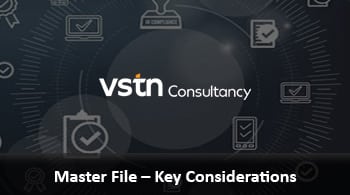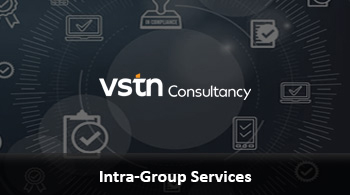Transfer Pricing – Master File – Key Considerations
MasterFile (MF) in Form3CEAA to be efiled by Indian entities of MNE Group by the due date of filing IT return i.e., 30 November. Some Key aspects to consider while filing.
- Transaction Threshold: Part A of Form has no threshold, Part B to be filed when a) consolidated group revenue >Rs 500 cr & b)aggregate value of international transactions >Rs 50 cr, or aggregate value of IP transactions >Rs 10 cr. One key aspect which is overlooked is these thresholds should be seen from the accounting year of the parent. i.e If the accounting year of the parent is Jan- Dec value of international transactions needs to be considered for Indian entity from January to December and the transaction value as per Form 3CEB disclosure(April to march) should not be considered.
- Filing the Group’s Master File as-is may not be appropriate, as most countries follow the OECD Guidelines format. Some additional requirements in India, – FAR analysis for entities exceeding 10% of Group’s revenue, assets, or profits, addresses of all constituent entities, identifying entities involved in IP activities, & central financing, Top 10 lenders. Hence, MNCs operating in India must tailor the Global MF to align with India requirements
- Consistency in Master file /local file: Consistency to be maintained between MF & local file)
- Classification of services – Services rendered by Indian entities are classified as software development services locally while in some cases they are treated as R&D services in MF. This can trigger increasing amount of scrutiny by the TPO on account of mismatch and hence one needs to evaluate the presentation of the facts consistently.
- Cross charging of Intragroup service costs-Consistency in Group policy for services (management charges) to be evaluated. Whether these costs are cross charged to all countries? Position of Group in case of certain countries which don’t permit management charges debits(e.g) China
- Indian HQ – MF to be prepared completely by India HQ & will initially call for perusing the financials of all group entities. Clauses specify furnishing of information for ‘important’ arrangements. As this is subjective, extent of details provided to be evaluated on materiality. In some cases, due date for MF for certain subsidiaries in other countries (e.g Indonesia) is before the Indian Due date & one needs to factor that
- Business Group wise disclosure: In case of diversified business Groups, one needs to evaluate if a business unit wise presentation of MF can be captured
considering OECD Guidance relevant for that entity. However, presenting the information by line of business is acceptable as per OECD guidance only if justified by specific circumstances, such as when certain significant business lines operate independently or were recently acquired.
As businesses expand across borders, navigating complex transfer pricing regulations becomes critical. At VSTN Consultancy, a global transfer pricing firm, we specialize in helping companies stay compliant and competitive across key markets including:
India | UAE | USA | KSA | Dubai | Asia Pacific | Europe | Africa | North America
Whether you’re preparing for benchmarking intercompany transactions, or developing robust TP documentation, our team is here to support your international strategy and Compliance.
Contact us today to explore how we can partner with you to optimize your global transfer pricing approach.
#TransferPricing #TransferPricingFirm#VSTNConsultancy #TaxCompliance #IndiaUAEUSA
#TPExperts#TransferPricingExperts#GlobalTransferPricingFirm



